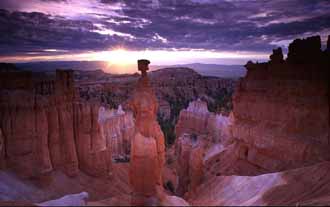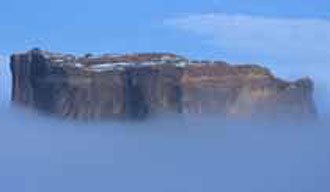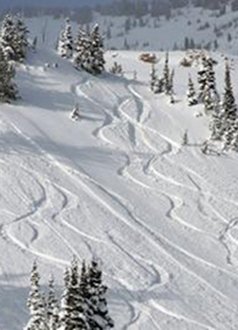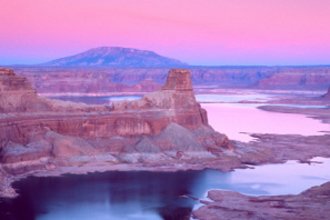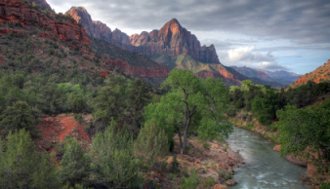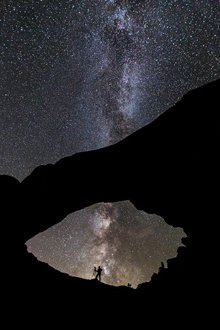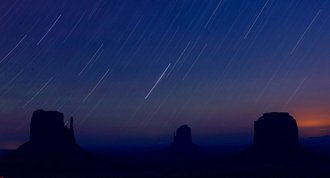That You Were Never The Same?
Anasazi State Park Museum
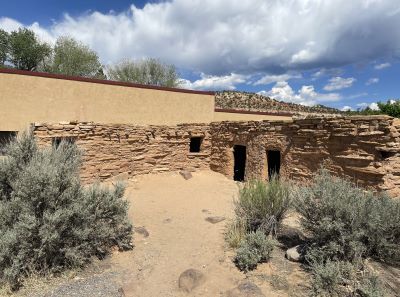
A State Park Unlike Any Other
Tucked just off Scenic Byway 12 in the tiny town of Boulder, Utah … one of the most remote towns in the lower 48 states …sits the Anasazi State Park Museum. Even though it is a state park, it is a museum rather than a park.
This unique destination offers visitors a fascinating glimpse into the life and culture of the Ancestral Puebloans … commonly known as the Anasazi … who once thrived in Southern Utah’s famous canyon country. It is a preserved archeological site that opens a window into one of the largest known Fremont or Ancestral Puebloan communities west of the Colorado River.
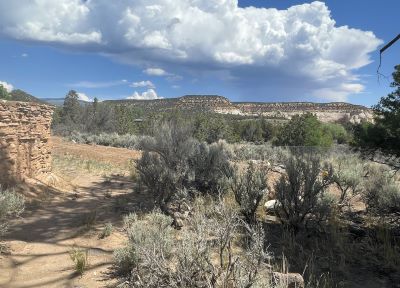
The Ancient Heart
of Utah's Boulder Valley
My wife and I took a side trip to this little town on our recent road to central and southern Utah. We were staying in Torrey … the gateway to Capitol Reef National Park … and wanted to continue our goal of visiting every Utah State Park in person.
It took us about 45 minutes to drive down, about 45 minutes to an hour for our visit, and then the same back to Torrey. We had driven right through Boulder on a previous trip but hadn’t stopped due to “having to get somewhere.”
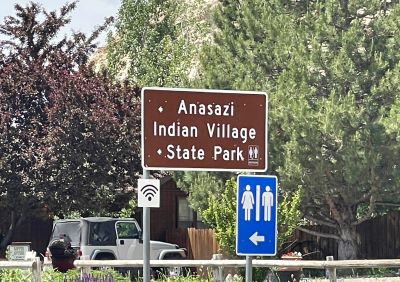
Fittingly enough, Boulder is often named as one the most remote towns in Utah. I can attest to that. It is located on Boulder Mountain along Scenic Byway 12 just about halfway between Escalante and Torrey. Escalante and Torrey would both be considered a metropolis when compared to Boulder.
This state park is more of a stop along the way than a destination due to its remoteness but it is a worthwhile stop. If you do happen to be visiting Capitol Reef and staying there or near Torrey, plan on about 2 ½ to 3 hours to drive down and back. It was well worth it for us.
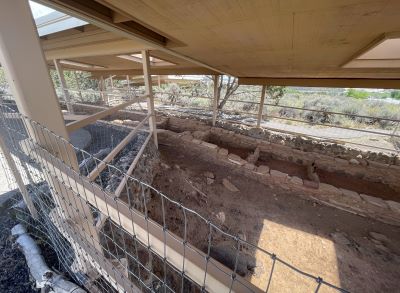
Why
Is It Different From Other State Parks?
Most Utah State Parks are built around lakes, mountains, or adventure sports but Anasazi State Park Museum is different. This one is about slowing down and stepping back into the past … way back. The museum protects the Coombs Site, a partially excavated village believed to have housed up to 200 people around A.D. 1050.
The ruins, museum exhibits, and hands-on activities bring ancient life to the surface in ways that both educate and cause reflection. You’ll find yourself thinking things like, “Why here? How did they ever find their way to this place?”
The park isn’t large. It is just over 6 acres. But if you like this kind of thing … history brought to life … it packs a large cultural punch. As I said, it is a perfect stop along Scenic Byway 12, especially for travelers heading between Capitol Reef and Bryce Canyon.
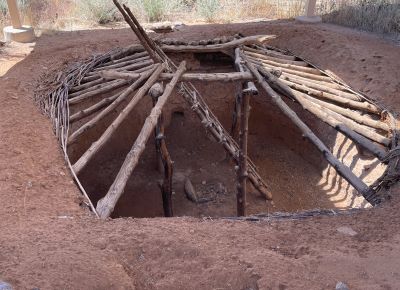
Historical
Significance of
Anasazi State Park Museum
From approximately 1050 to 1200 A.D., this area was home to one of the largest Anasazi … or Ancestral Puebloan as their modern-day descendants prefer … communities west of the Colorado River.
It is believed that up to 200 people occupied it. More than 100 structures have been uncovered by archeological excavations allowing the thousands of artifacts to be recovered and displayed.
The structures and artifacts discovered here provide valuable insights into the lives of these ancient people offering an incredible opportunity to tangibly connect with history.
The name “Anasazi” is a Navajo word meaning “Ancient Enemies” or “Ancient Ones.” The preferred modern term for this culture is, as I said, Ancestral Puebloan.
What caused the abandonment of this area around 1200 A.D.? It is not known for sure but some researchers believe it was caused by drought, migration, or social upheaval. What social upheaval are they referring to? Even so, it was a vibrant village for about 200 years.
Some researchers … not main-stream or part of socially acceptable history for sure … believe these abandoned villages throughout the southwest were part of a bigger migration. They believe these people built their villages along ley lines of energy and were aligned with the “shifting” stars. A story for someone else to tell.

Museum
Highlights
The Anasazi State Park Museum has been remodeled to showcase thousands of artifacts discovered at the site. Visitors can marvel at pottery, tools, jewelry and various daily-use items meticulously preserved and displayed.
They tell the story of what we know about the Anasazi … or Ancestral Puebloan … civilization. Interactive exhibits and informative displays help visitors understand the significance of these artifacts and the lifestyle of these people.
We talked to the very friendly park manager and she told us that the recent renovation had caused some problems. Since Boulder is so small, public restrooms are limited. Almost non-existent.
The museum is one of the few places in Boulder that has them. These had to be shut down during part of the construction and that didn’t work out well.
Exploring The Site
Directly behind the museum, visitors can explore the Coombs Site. This archaeological dig allows guests to wander around the remains of the excavated structures.
Interpretive trails and signage guide visitors through the site. They help enrich the overall experience and understanding of Anasazi architecture and daily life.
The partially reconstructed village is based on extensive archaeological work done in the 1950s and 1960s. You can walk through and among the excavated ruins of rooms, storage pits and communal areas.
There are two six-room dwellings rebuilt to full height so you can see what a 1,000-year-old home might have looked like.
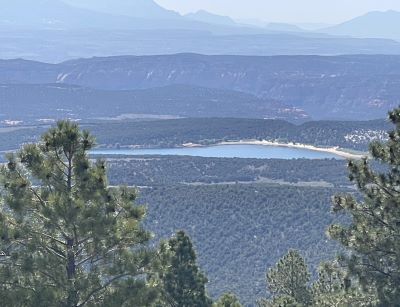
Location
and Scenic Surroundings
As I said above, Anasazi State Park is conveniently located along my favorite road in Utah … the breathtaking State Route 12 or Scenic Byway 12 as it is now known. It is widely recognized as one of the most scenic highways not only in Utah but throughout the entire United States.
The park’s setting in Boulder … nestled amidst spectacular red rock formations and lush greenery … makes it an ideal stop for those making this journey along Highway 12. It is about halfway between Torrey and Escalante.
Facts
and Fees
- The park covers 6 acres
- It is open year-round
- Modern restrooms and drinking water are available.
- No camping is allowed.
- Picnicking is allowed.
- The elevation here is 6700 feet.
- Fees: go to the state website to check the latest. They are ever-changing.
The Anasazi State Park Museum, like other state parks, tries to accommodate visitors of all physical abilities. For any other information you need … such as accommodations for the physically challenged … contact the park.
Anasazi State Park Museum
460 UT-12
Boulder, Utah 84716-1429
(435) 335-7308
Website: https://www.visitutah.com/places-to-go/parks-outdoors/anasazi-state-park-museum


